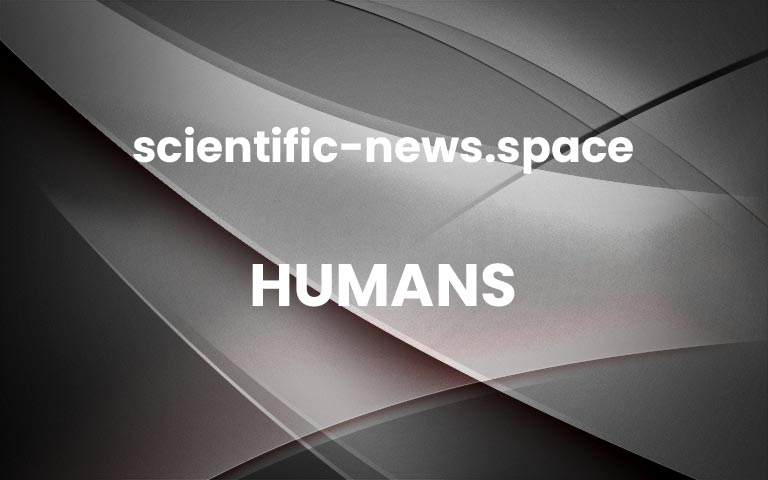Why psychologists can't decide if moral disgust is even a thing
By Ana Aznar
Michelle D’urbano
WE SHOULD really care about disgust. Not only does it protect us from coming into contact with possibly dangerous substances, such as rotting meat, but it is also central to understanding our moral compasses.
Yet, up until around 20 years ago, it was essentially absent from psychological research. Today, it is still shrouded in confusion. All other basic emotions, such as sadness and happiness, have a clear definition, but when it comes to disgust, psychologists are divided over whether it should actually be split into physical disgust and moral disgust, or whether it is only physical disgust that exists.
Physical disgust is that feeling caused by things such as vomit or faeces. This varies between people, but it helps protect us from touching or ingesting potentially dangerous substances that could put our survival at risk.Advertisement
Moral disgust, on the other hand, is normally described as the feeling you get when hearing someone has broken social norms or moral codes. Seeing a person steal or hearing about someone having an affair, for example, might be enough to set off this emotion in you.
Some psychologists argue that physical and moral disgust are two sides of the same coin. Others insist that, although the word “disgust” is used in both situations, when moral norms are broken, what people are actually experiencing is anger.
Disgust and anger are both negative emotions that have been linked with morality, but whereas disgust motivates us to avoid things, anger pushes us to confront whatever it is that is making us angry.
In my latest research, I have been examining the schism in psychology on disgust further using parent-child conversations. These are a valuable tool for developmental psychology as parents use them to teach their children about emotions, values and moral issues. They may also be particularly relevant to our understanding of disgust because children only begin to understand it when they are 3 to 4 years old, around a year later than the other basic emotions. This suggests there is a social component to disgust and that children’s understanding of it may be partly learned from their parents.
In the research, my colleagues and I asked 68 English-speaking mothers and their 4, 6 or 8-year-old children to discuss a series of short stories. In each of them, the main character performed either a physical transgression, such as wearing dirty clothes or sitting on a dirty chair, or a moral one, such as copying someone’s homework or jumping a queue. We then asked the mothers and children to talk about the emotion that they would feel after each transgression.
We found that both were more likely to say that they were disgusted by physical transgressions than they were angry. In contrast, when discussing moral transgressions, they were more likely to say that they made them angry rather than disgusted. Mothers and children also often said that these actions were wrong.
What this seems to suggest is that mothers and children are more likely to link disgust with physical transgressions and anger with moral ones.
Does this mean there is no such thing as moral disgust? We think it certainly points that way.
Our research won’t settle the controversy around the existence of moral disgust on its own. However, the more we learn about it, the closer we get to understanding how we develop a sense of morality.
More on these topics: More



